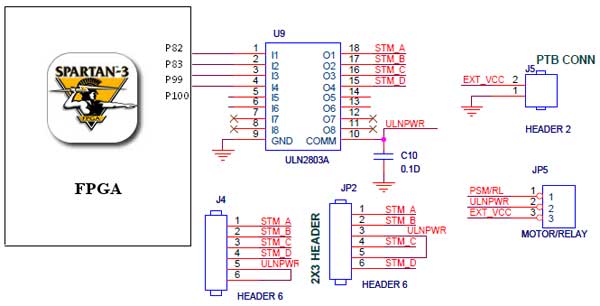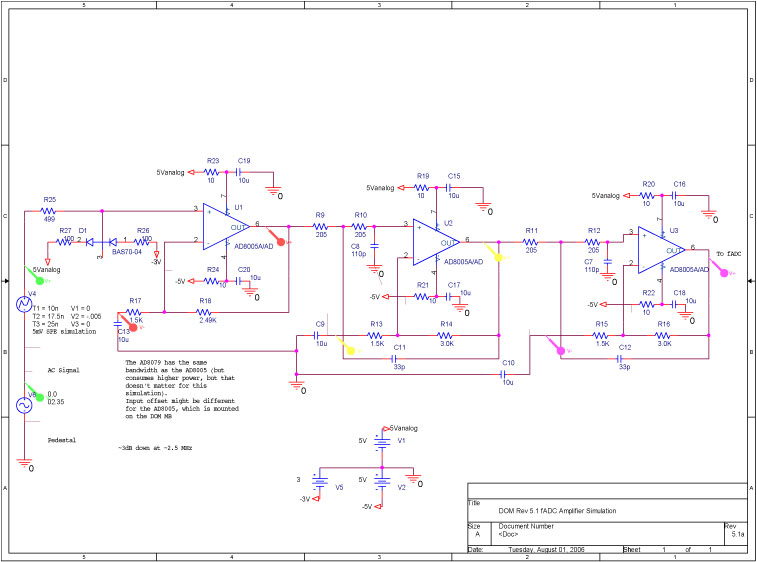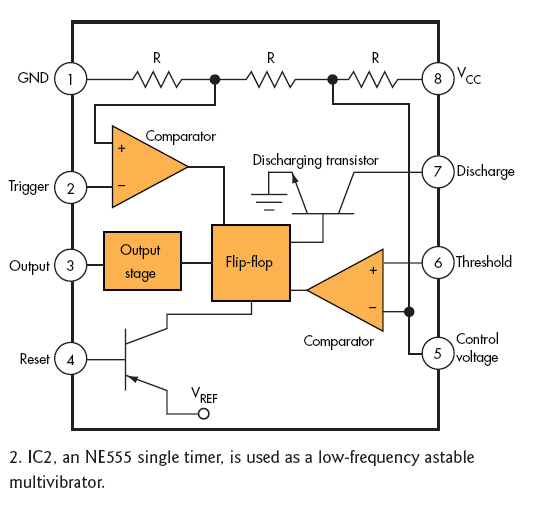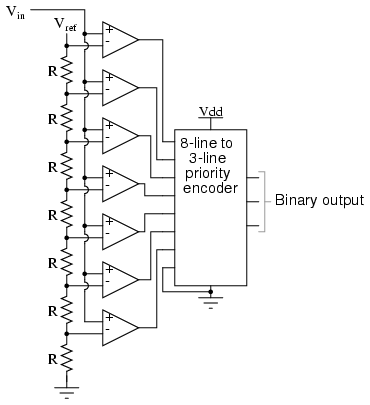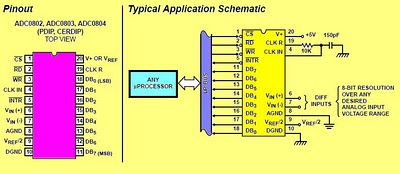
adc interfacing
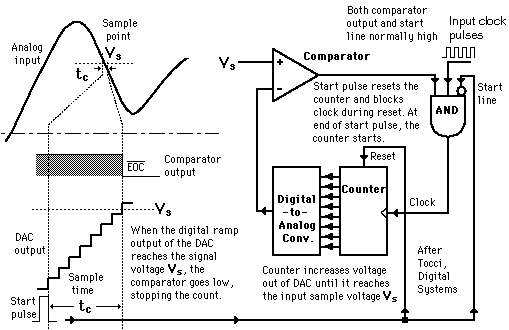
Analog to Digital Converter (ADC) interfacing with microcontrollers such as AVR, 8051, and PIC, including Digital-Ramp ADC, Successive Approximation ADC, Flash ADC, and basic working of an analog to digital converter.
Analog to Digital Converters (ADCs) are essential components in modern electronic systems, enabling the conversion of analog signals into digital data that can be processed by microcontrollers. Various types of ADC architectures exist, including Digital-Ramp ADC, Successive Approximation ADC, and Flash ADC, each with unique characteristics and applications.
The Digital-Ramp ADC operates by integrating the input voltage over time and comparing it to a reference voltage. This process generates a ramp signal that is compared to the input voltage, allowing for the determination of the digital output. This type of ADC is relatively simple and cost-effective but may have slower conversion rates compared to other architectures.
The Successive Approximation ADC employs a binary search algorithm to convert an analog signal into a digital output. It utilizes a sample-and-hold circuit and a comparator to successively narrow down the possible digital values until the closest representation of the input voltage is found. This method offers a good balance between speed and resolution, making it popular in various applications.
Flash ADCs, on the other hand, are known for their high-speed conversion capabilities. They utilize a parallel architecture with multiple comparators to determine the digital output in a single step. This allows for very fast sampling rates, making Flash ADCs suitable for applications requiring real-time data processing, such as digital oscilloscopes and high-frequency signal analysis.
Interfacing these ADCs with microcontrollers, such as those from the AVR, 8051, and PIC families, requires careful consideration of the communication protocols and signal conditioning. Typically, microcontrollers can read the digital output from the ADC through interfaces like SPI, I2C, or parallel communication, depending on the ADC design. Proper voltage levels and timing must be adhered to ensure accurate data transfer and conversion.
Overall, understanding the various types of ADCs and their interfacing methods with microcontrollers is critical for the design and implementation of effective electronic systems that require analog signal processing.Analog to Digital Converter ADC interfacing with microcontrollers AVR 8051 PIC, Digital-Ramp ADC, Successive approximation ADC, Flash ADC and basic working of an anlalog to digital converter.. 🔗 External reference
Analog to Digital Converters (ADCs) are essential components in modern electronic systems, enabling the conversion of analog signals into digital data that can be processed by microcontrollers. Various types of ADC architectures exist, including Digital-Ramp ADC, Successive Approximation ADC, and Flash ADC, each with unique characteristics and applications.
The Digital-Ramp ADC operates by integrating the input voltage over time and comparing it to a reference voltage. This process generates a ramp signal that is compared to the input voltage, allowing for the determination of the digital output. This type of ADC is relatively simple and cost-effective but may have slower conversion rates compared to other architectures.
The Successive Approximation ADC employs a binary search algorithm to convert an analog signal into a digital output. It utilizes a sample-and-hold circuit and a comparator to successively narrow down the possible digital values until the closest representation of the input voltage is found. This method offers a good balance between speed and resolution, making it popular in various applications.
Flash ADCs, on the other hand, are known for their high-speed conversion capabilities. They utilize a parallel architecture with multiple comparators to determine the digital output in a single step. This allows for very fast sampling rates, making Flash ADCs suitable for applications requiring real-time data processing, such as digital oscilloscopes and high-frequency signal analysis.
Interfacing these ADCs with microcontrollers, such as those from the AVR, 8051, and PIC families, requires careful consideration of the communication protocols and signal conditioning. Typically, microcontrollers can read the digital output from the ADC through interfaces like SPI, I2C, or parallel communication, depending on the ADC design. Proper voltage levels and timing must be adhered to ensure accurate data transfer and conversion.
Overall, understanding the various types of ADCs and their interfacing methods with microcontrollers is critical for the design and implementation of effective electronic systems that require analog signal processing.Analog to Digital Converter ADC interfacing with microcontrollers AVR 8051 PIC, Digital-Ramp ADC, Successive approximation ADC, Flash ADC and basic working of an anlalog to digital converter.. 🔗 External reference
